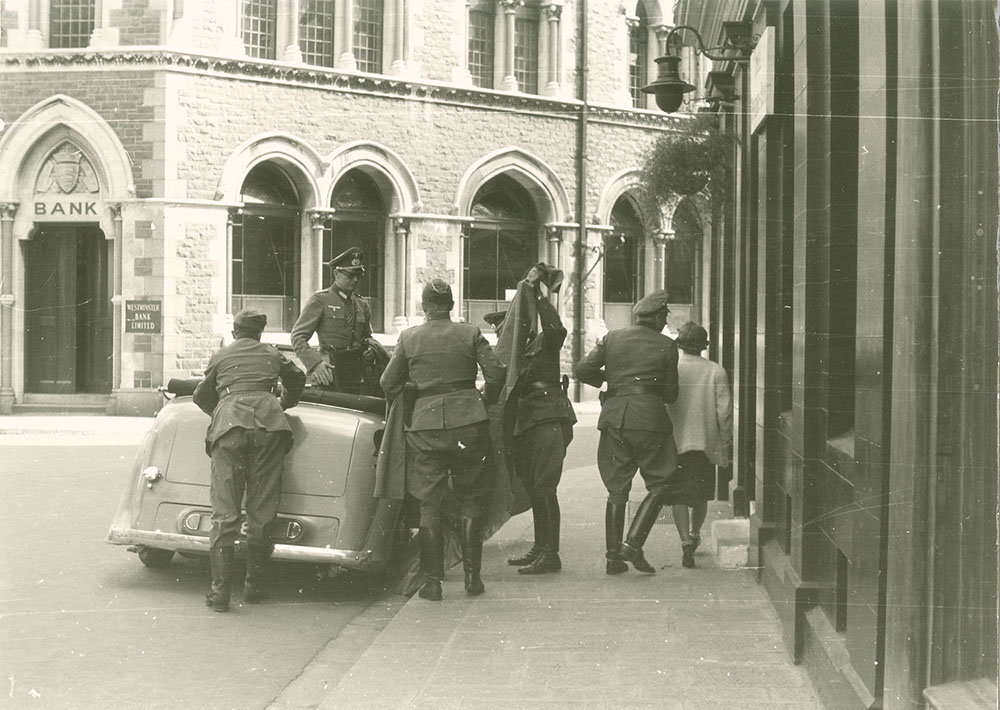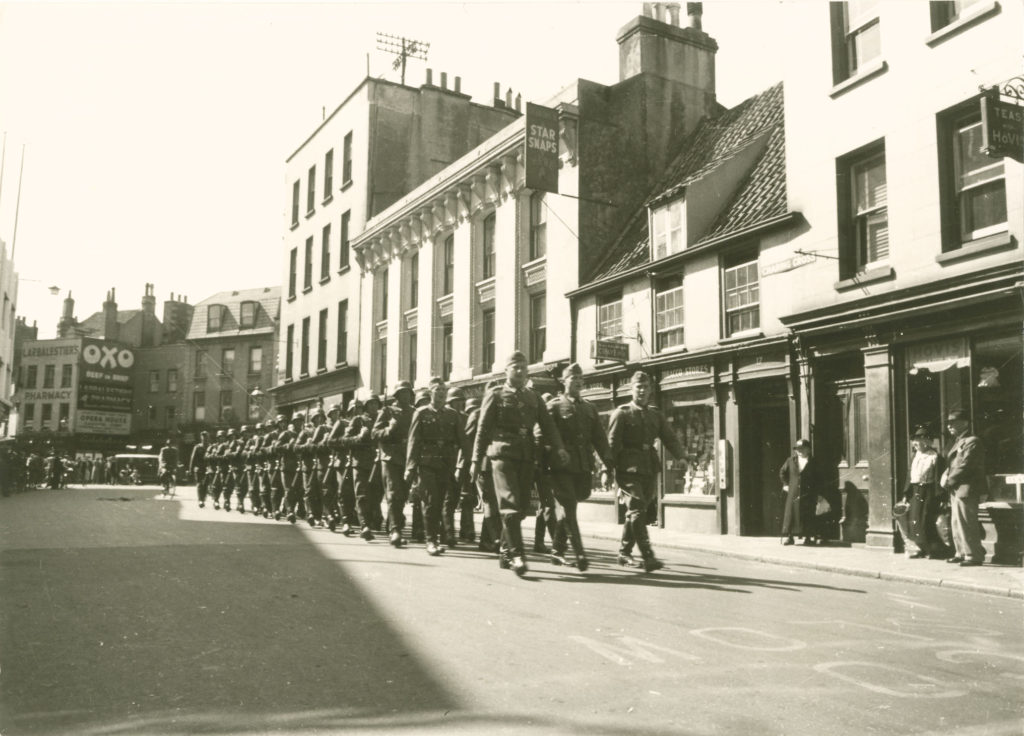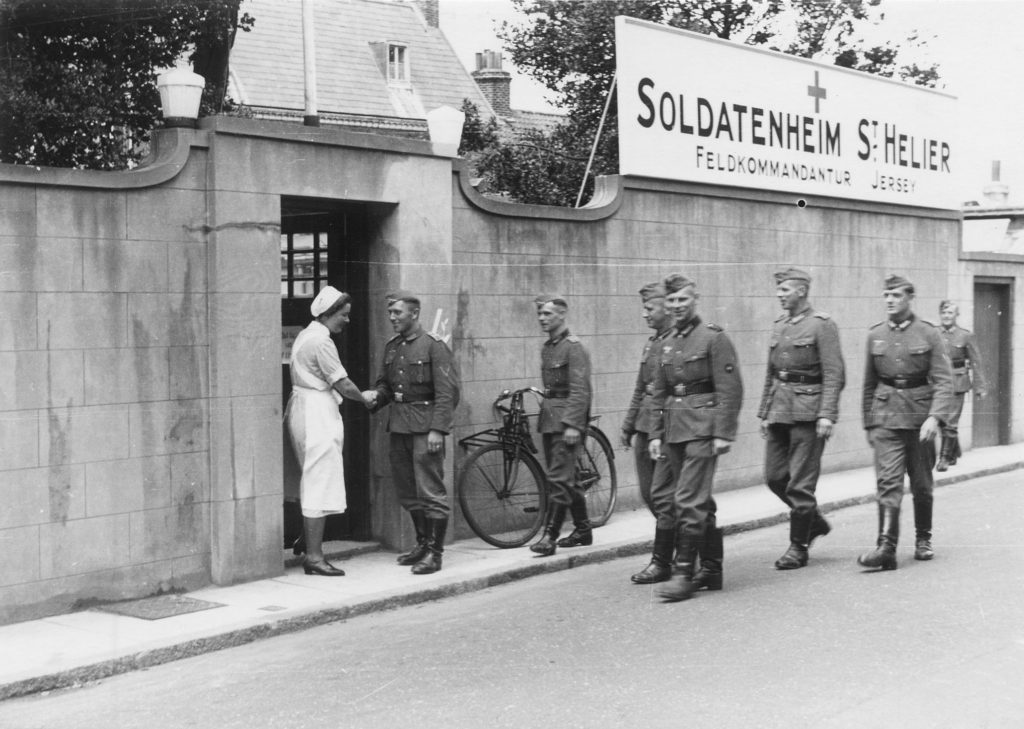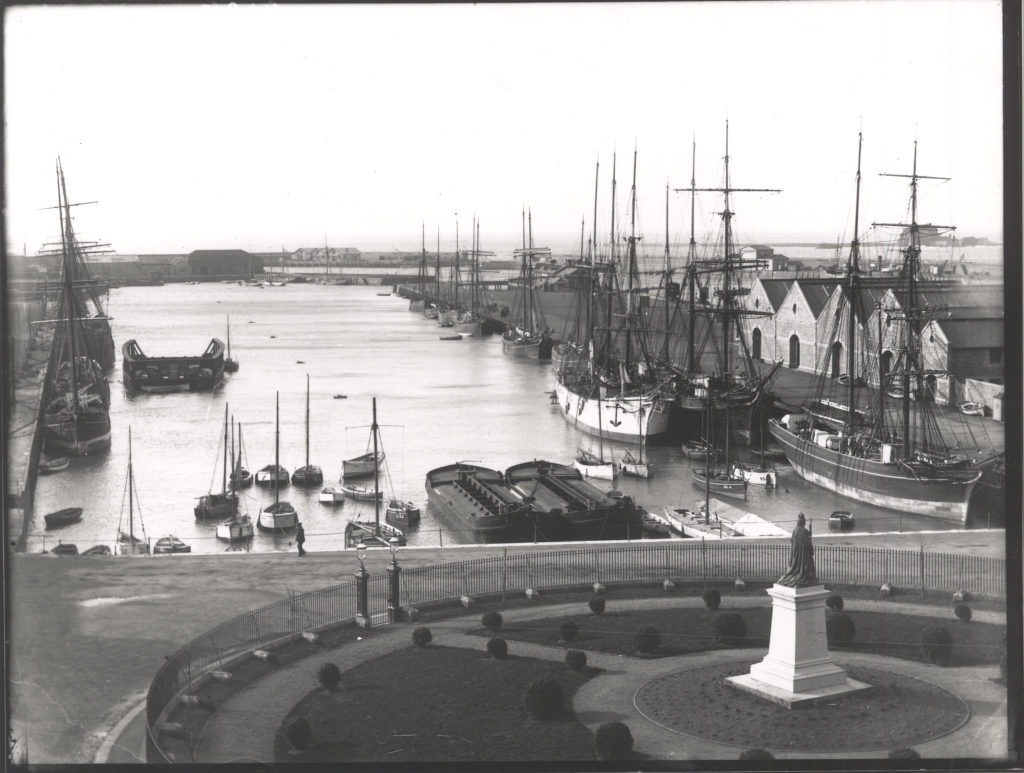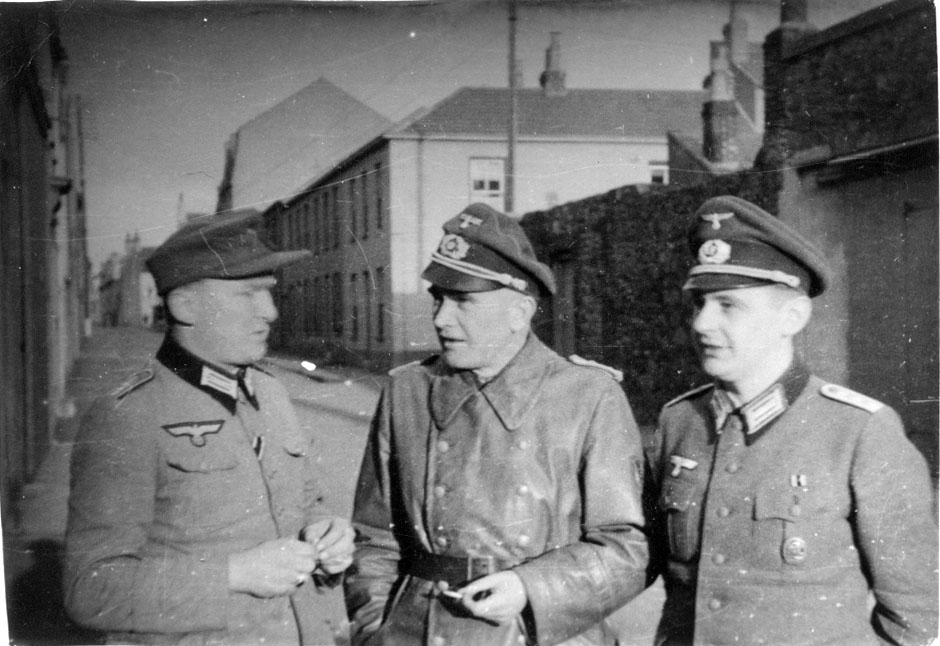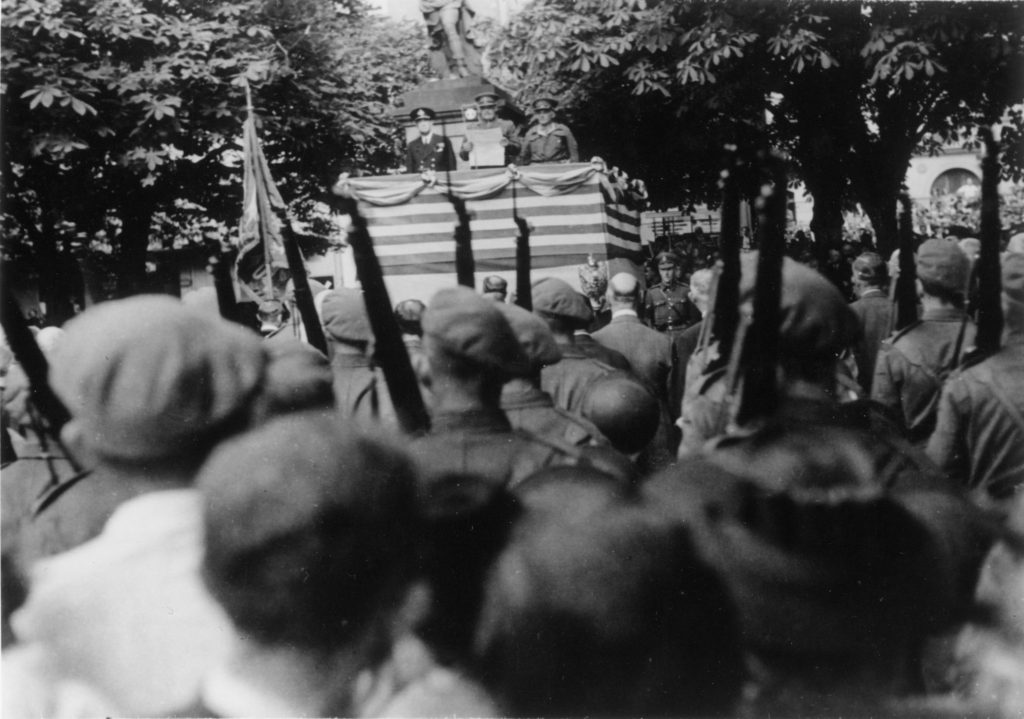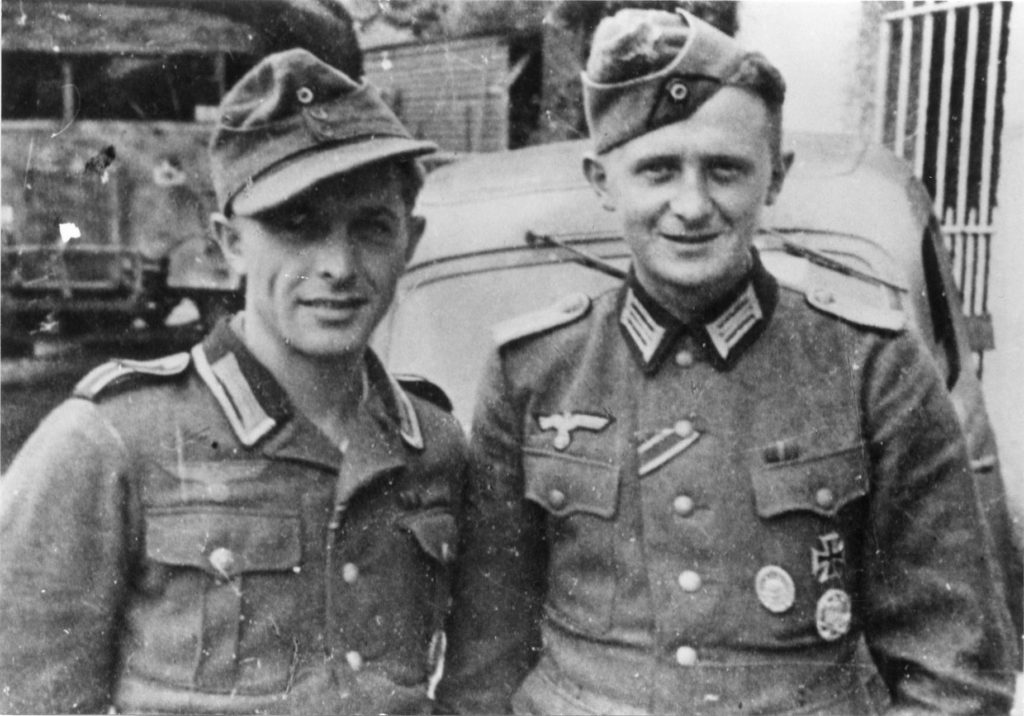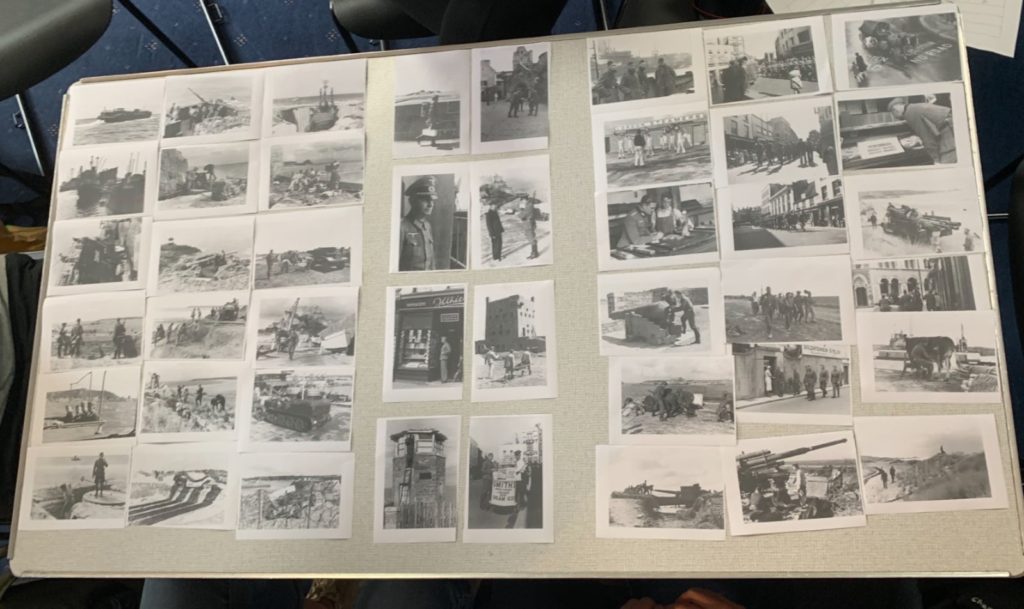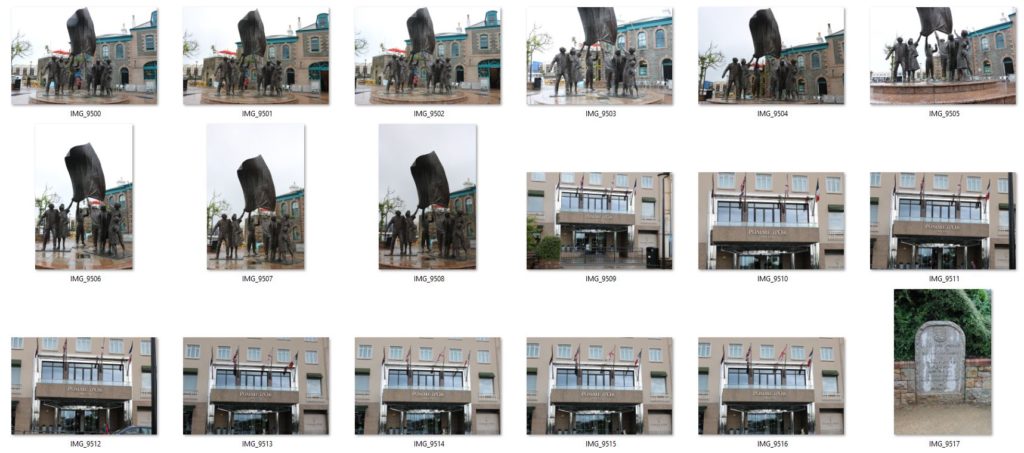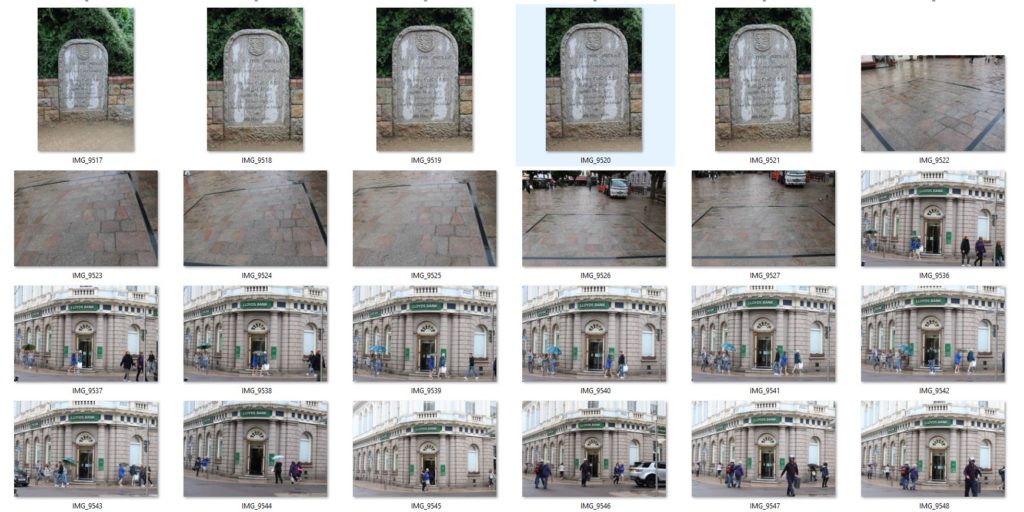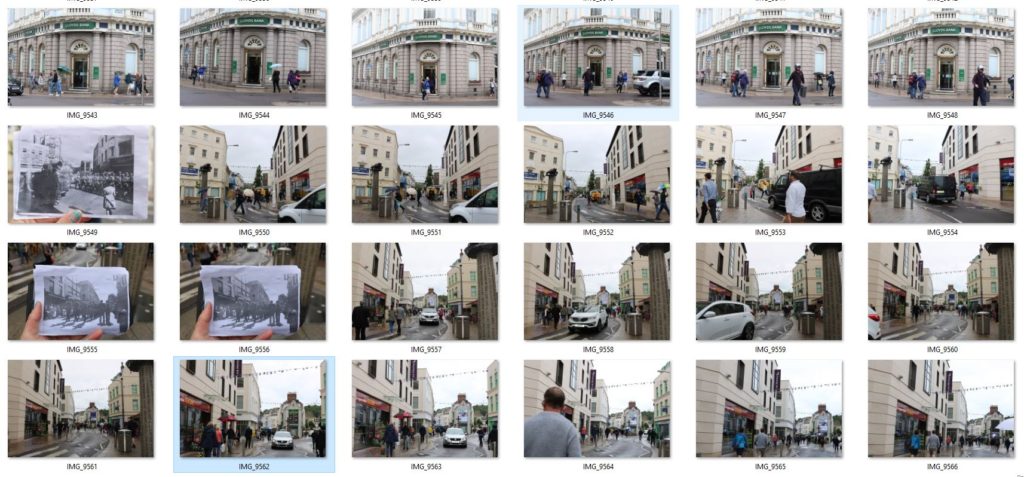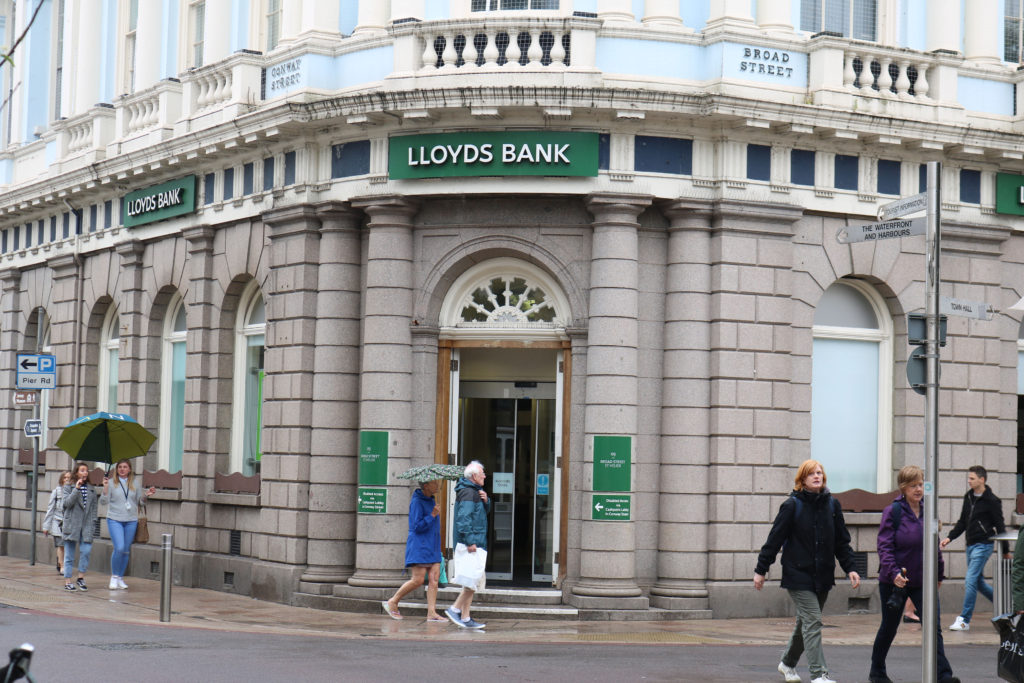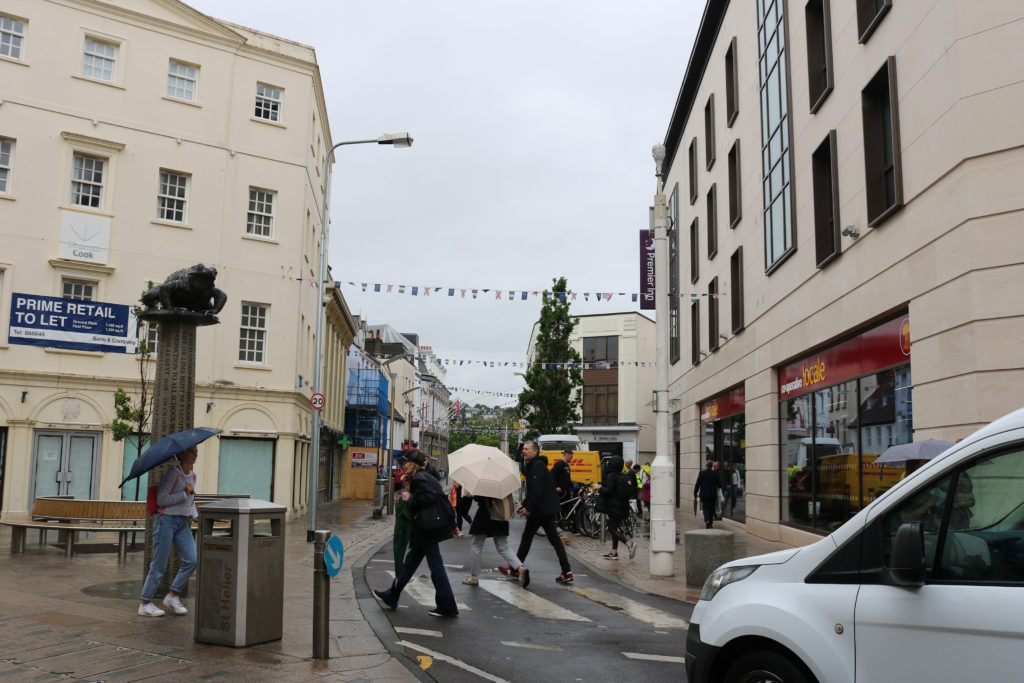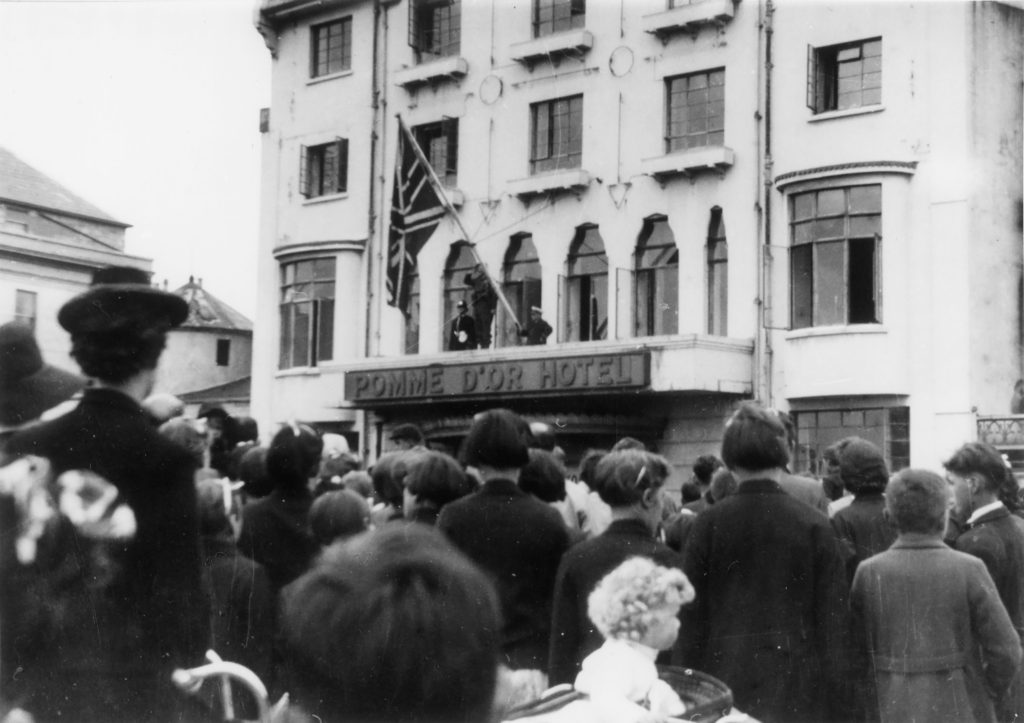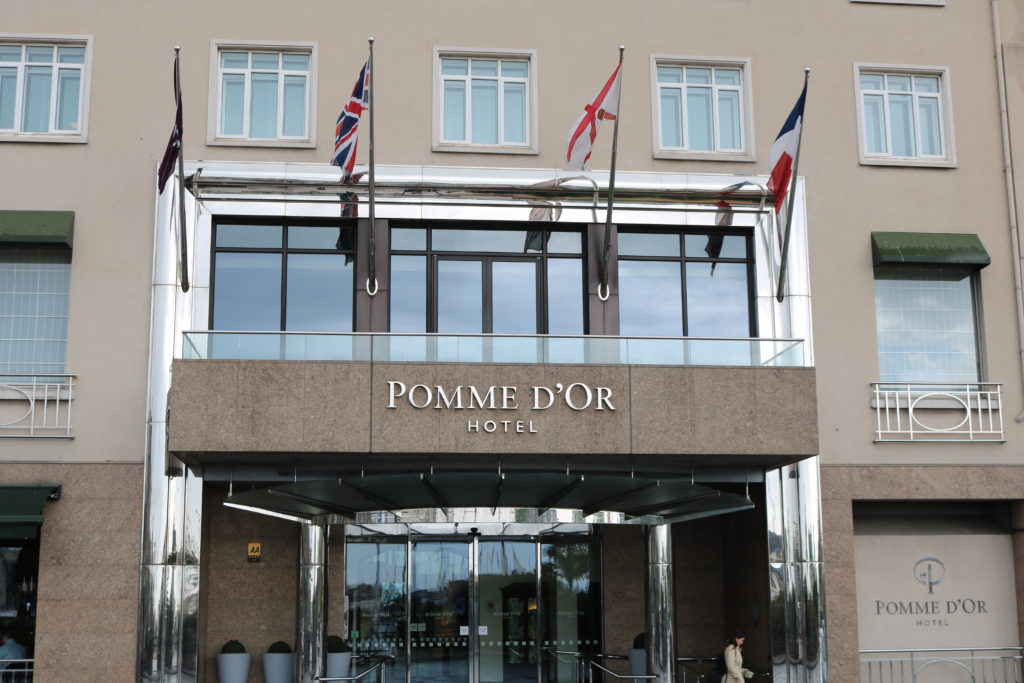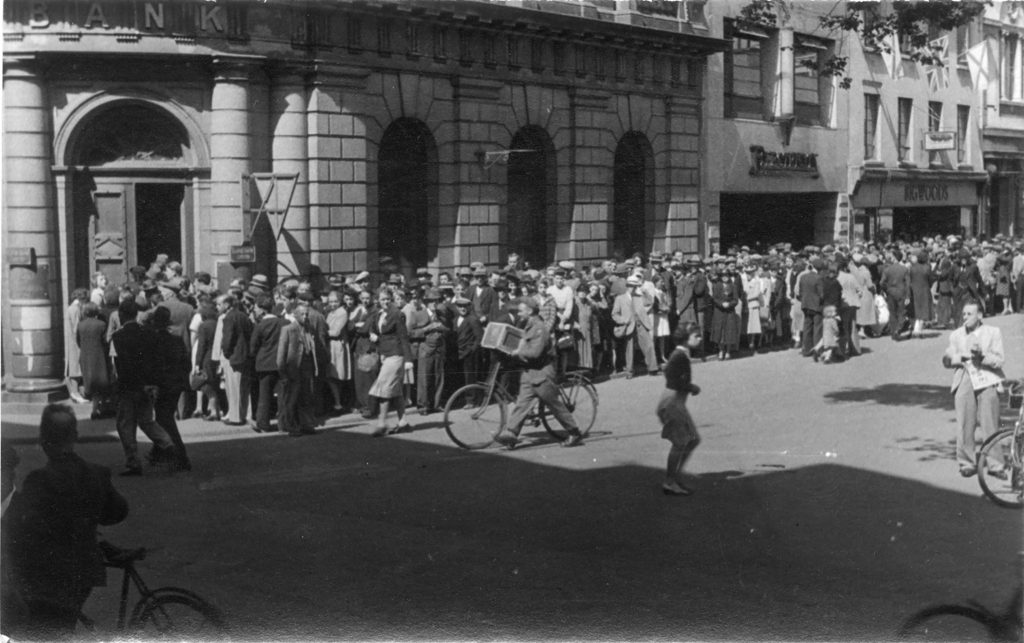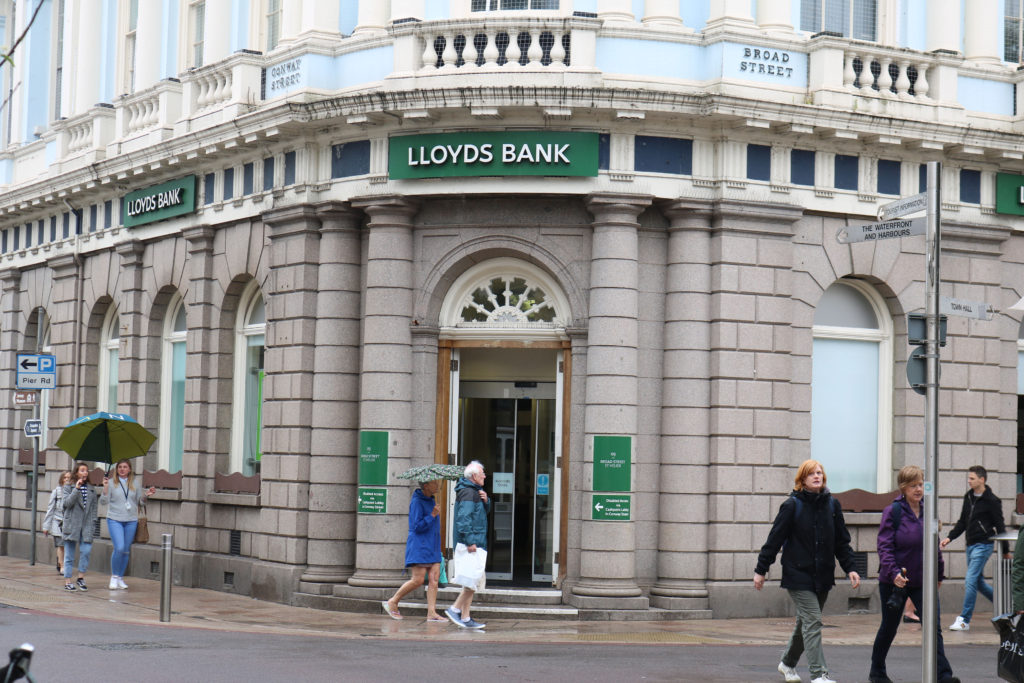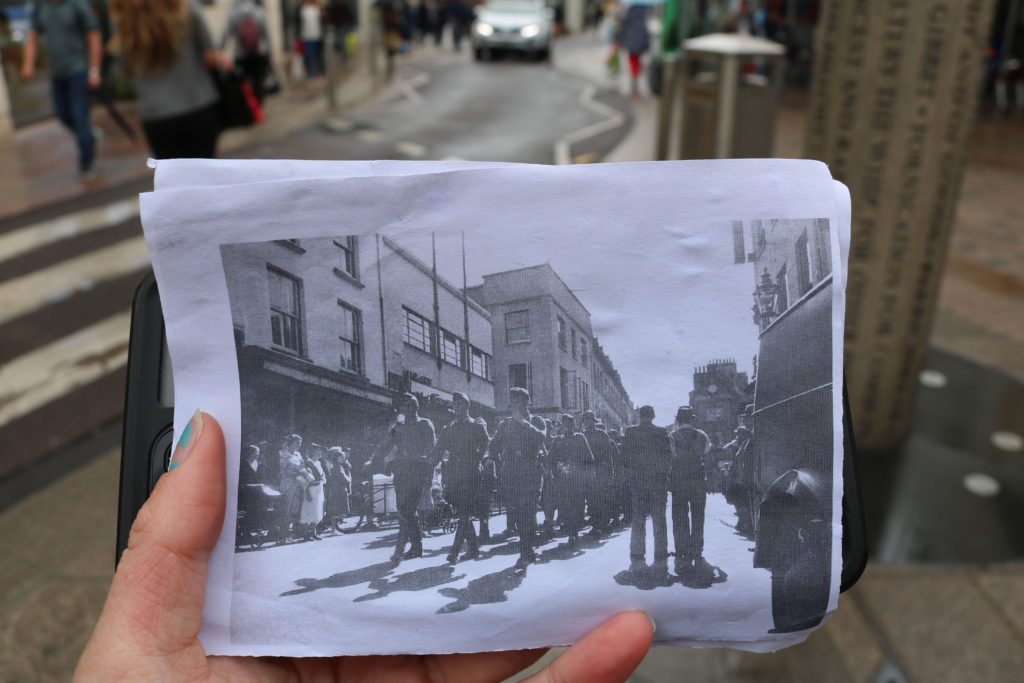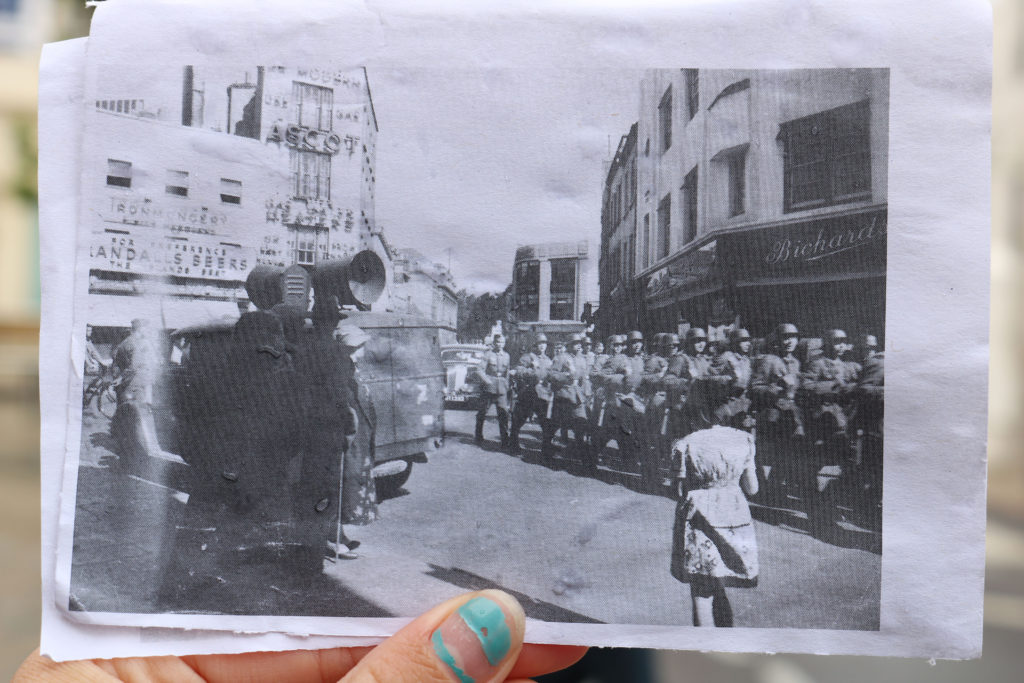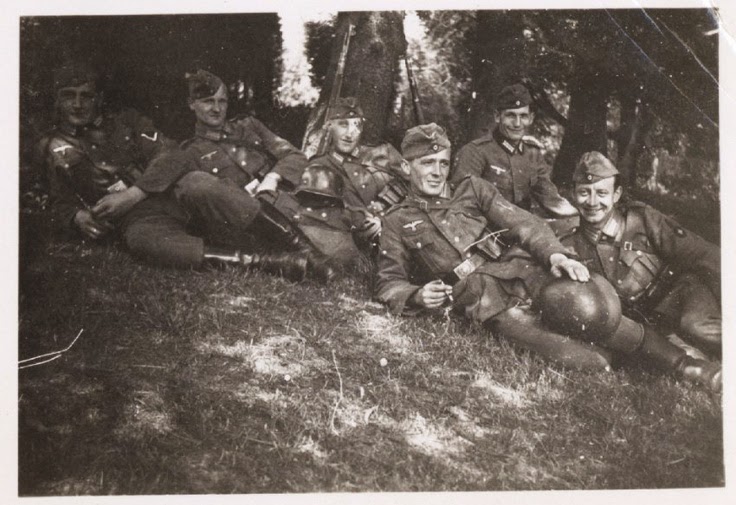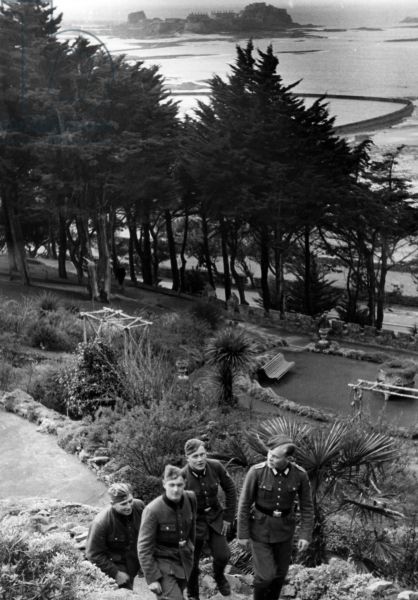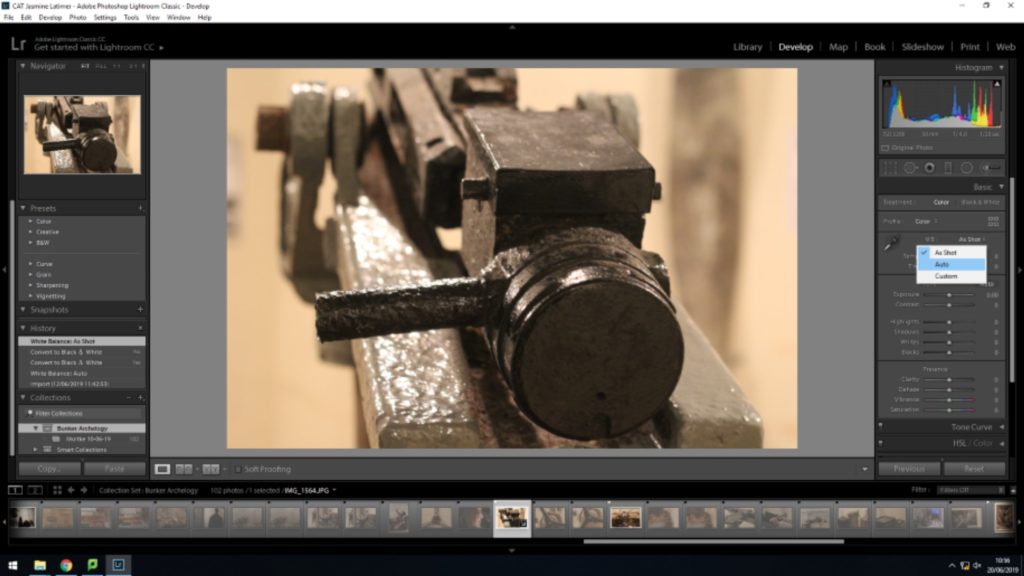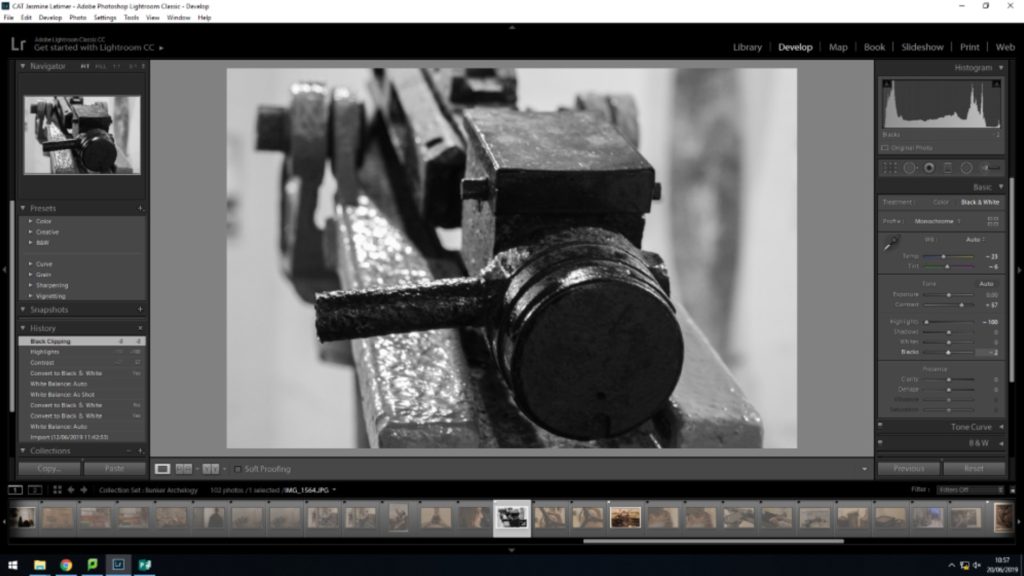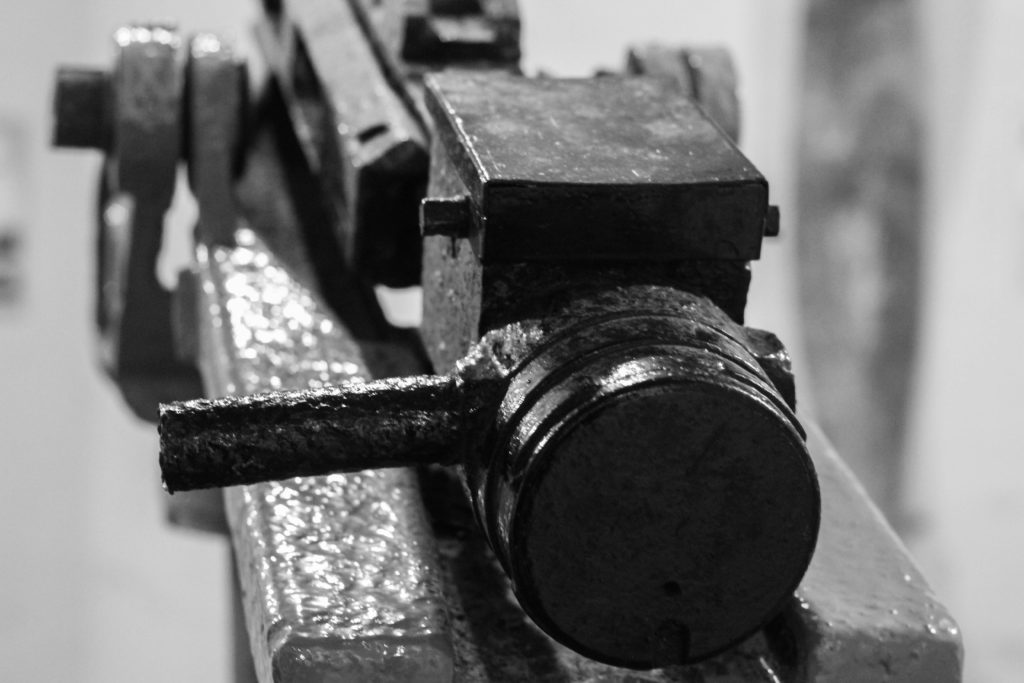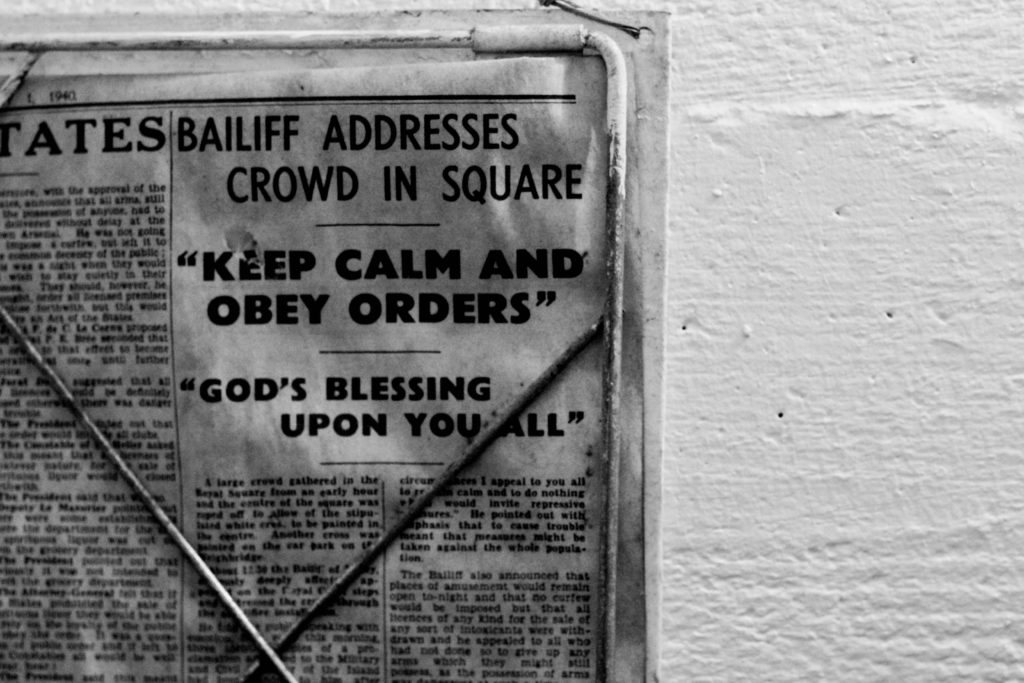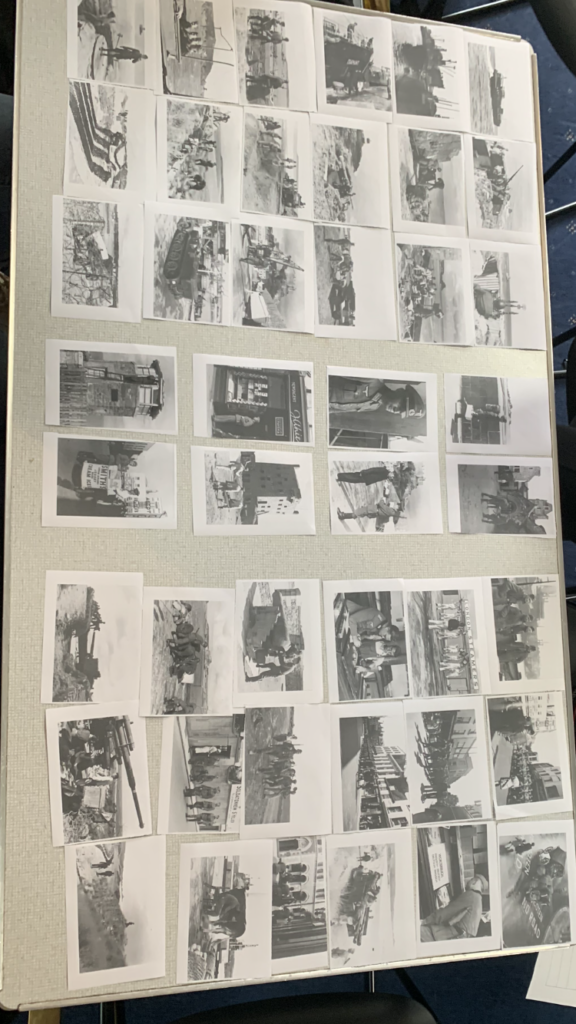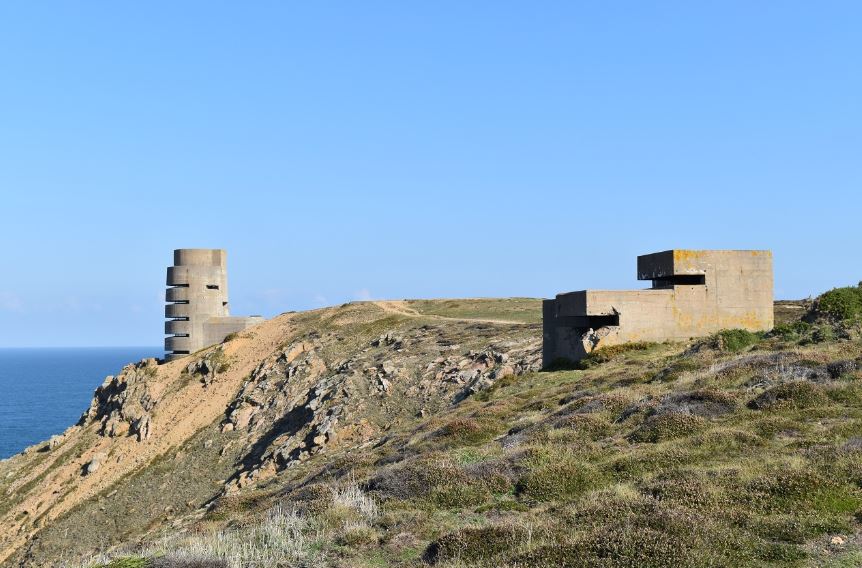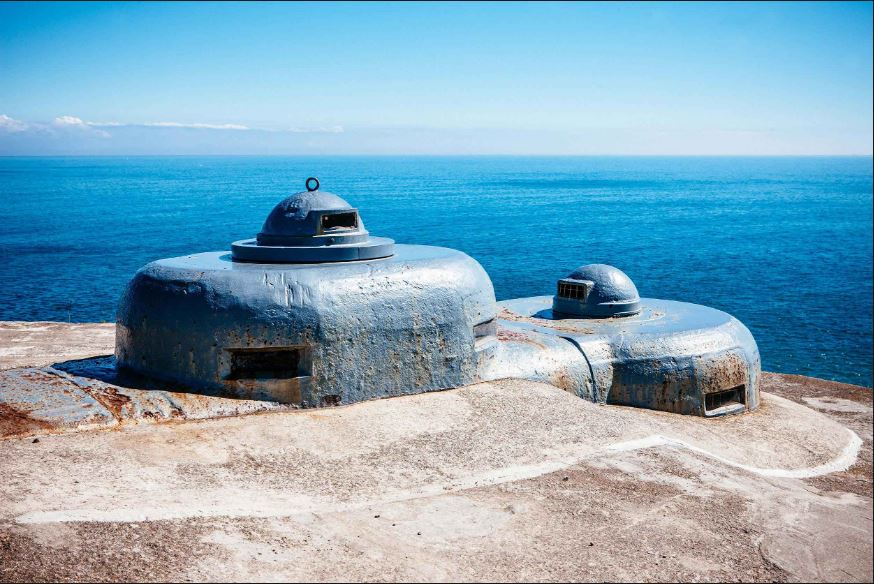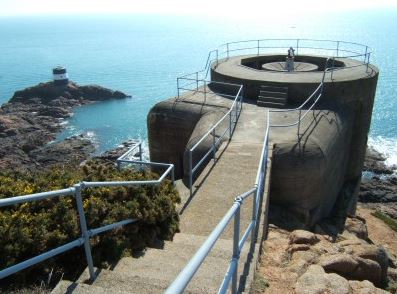Archives are places that contain many historical images and documents. They preserve things in order for the public to be able to view, compare and learn from the past. However, as time goes on archives are beginning to change in order to keep up with current technology. Theorist, David Bates, has referred to this by saying that “no longer are photographic archives merely filled with dusty piles of boxes” since “digitisation of photographic images online has also generated new networks”. This is a positive change as having digitized versions of images and documents, makes them more accessible to more people. However, this also means that people may not apricate it as more since there is minimal effort involved in acquiring these materials.
Archives can be used for research and knowledge. Since the images and documents are old, they can be analysed so people in the modern day have an insight to how the world would be. This is especially useful for research photographers since it allows them to be able to see physical images from years ago, which means it is possible to contrast and compare images from today. They’re also important to have since It is important to keep things that happened in the past alive in the modern age, as it is important that societies learn from their past errors, archives play an important role in this as they keep memories prom the past preserved in order for people to see.
Archives are repositories of past memories since they provide evidence that people can use to examine the past, in a way where they can understand it. For example, One of Jersey’s archive’, Societe Jersiarse, is a local archive that contains many images and documents of Jersey’s history. This specific archive is very important as it allows people to look at local history, images an documents. Without the preservation of local history, local knowledge may not have been as well known. Thanks to organisations such as this archive, local people can easily access information about their past which can help them to understand their heritage and understand why things are the way they are.
In archives I believe that photography can play a double role. This is because the images are used for both scientific and historical research and also for artistic purposes. Obviously, the images can be used to research society and the past so that societies are able to know more about the history of where they’re from so they’re able to be more culturally aware, but they can also be used for more creative outlooks. Our project for example, allows us to experience learning the whole historical knowledge however, it also allows us to express it in a more creative manor since we are not confined to solely research.
Louise Lawler is a photographer that is mentioned in David Bate’s text. She is a photographer who from the late 1970s onward, photographed many works of other artists. she focuses on photographing the environment surroundings of featured artworks. Her work demonstrates how images can be contextualised and decontextualised with and without their surrounding areas.

Another artist mentioned by Bates is Tracey Moffatt, specifically her series “something more”. This series depicts a desire to leave her rural life behind, for city life. As you can see from the series below, most of the images show the figures staring at the woman whom appears to be in deep thought in most of the images.

Looking at Archival material would be very useful in my personal study. Since my project will of course be based around the occupation of Jersey, I think it is really important that I refer back to original images of the time period so that my project can be more accurate. referring to the original images will also help as it will give me more of an insight into my local areas that have a lot of history behind them that I otherwise would not really know about without archive images and documents. It will also give me more of an understanding of how society acted at the time, which would really allow me to have a more in depth view into the thoughts and feelings of jersey people which allows my project to have more of an authentic touch to it. I feel that looking at this material will also help me to be more empathetic to the people of Jersey’s situations during this time. This means that my project will hopefully have more of an emotional touch, which would make it more successful as it will trigger a more emotive response in my audience
Our trip to the Jersey archive, Société Jersiaise, has already been very helpful when it came to getting my project started. Being able to physically see and touch images taken during the occupation has helped me develop an appreciation and deeper understanding of what happened. It has also helped with the accuracy of my project, since I am now aware of certain locations in Jersey that have a special historical significance, which will enhance my project as I will be able to explore different areas of the island by picturing them. This has also helped me appreciate the history of the island that I grew up in since prior to this, I had minimal knowledge on the occupation.
Researching and being able to physically spend a day in an archive has taught me how important it is to preserve things that depict and explain our history, as they key to understanding how our society is in the modern age, lies in what has happened in the past. I have also learnt really important aspects of Jersey’s history which is very important as I now feel more confident in proceeding with the project since I have underlying knowledge of Jersey during the occupation, which I gained from viewing images and reading documents. I have also learnt the importance of exploring local history because it can teach you a lot about the way you grew up.



